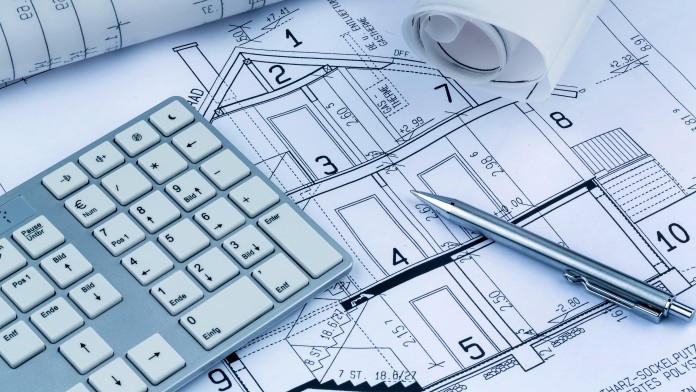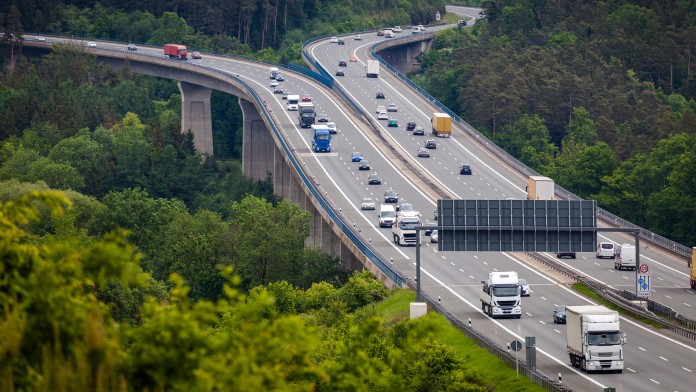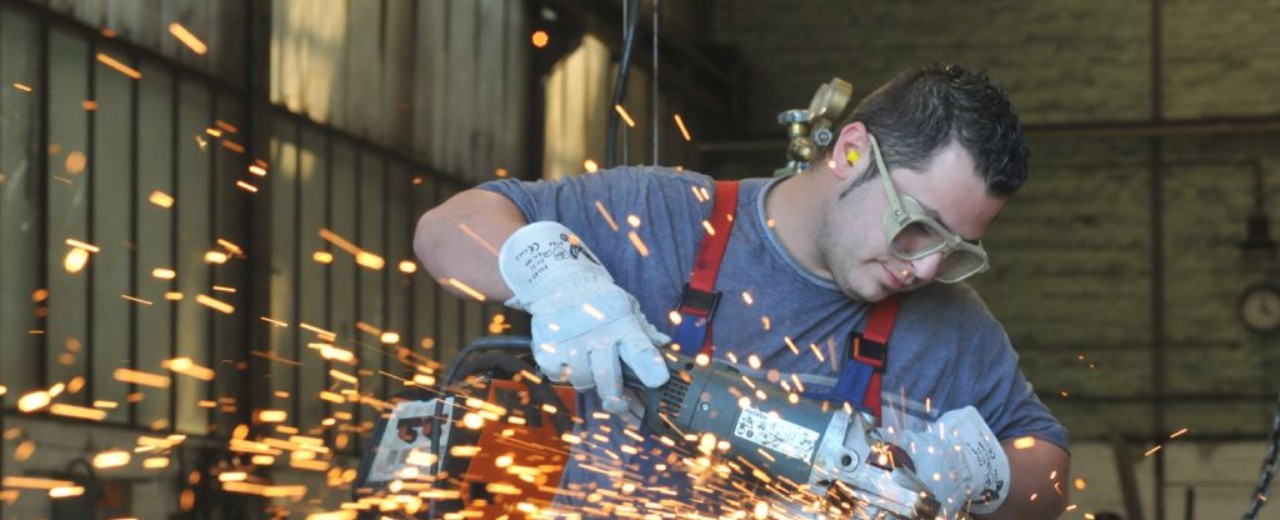SME Promotion
When KfW began its activities it was anything but a promotional bank for small and medium-sized enterprises. Initially it focused on financing infrastructure and primary industries. As a result, in the post-war reconstruction period from 1949 to 1953 more than fifty percent of the lending volume went to electricity producers, the coal mining sector, and later on to the steel industry. The picture did not change until after the mid-1950s. KfW then increasingly began promoting SMEs, chiefly in the economically underdeveloped regions of West Germany.
The SME Programme

In the 1960s KfW concentrated on promoting foreign investment. Only in the early 1970s did it return to its original focus: promoting the domestic economy. In 1971 KfW opened its first very own credit programme – the SME Programme – refinanced exclusively using capital market funds. This enabled the bank to offer SMEs long-term investment loans while maintaining the principle of subsidiarity and on-lending through banks. The launch of this KfW-run programme took considerable pressure off the ERP – whose promotional resources up to that point had often been exhausted by the end of the year. In 1971, the year the SME Programme was launched, the volume of commitments under the programme was EUR 255.6 million. By 1989 this figure had grown to EUR 3 billion.
SME promotion in the new federal states

From 1990 onward, the reconstruction of eastern Germany had top priority. KfW's SME promotional activities focused on the new federal states, because a flourishing SME sector is crucial to any country's economy. At the beginning of 1990 the ERP Special Fund first of all launched the modernisation programme (which later became the ERP reconstruction programme), which was followed shortly thereafter by the KfW SME Programme. In the first 8 years after the wall came down, 65,000 companies in the new federal states received loans from KfW to support their investment activity. This involved a loan volume of over EUR 25,5 billion. It also created or safeguarded 2.5 million jobs.
Innovative promotional instruments

KfW's promotional instruments have been continuously adapted to changing conditions since the 90s. In this context, KfW focused among other things on developing instruments to finance innovations. At the same time, innovative instruments were developed to create a more conducive environment for SME financing. Examples of the new approaches pursued include the extension of global loans, promotion of the capital market and the securitisation of SME loans.
Following the merger of DtA with KfW in 2003 the SME promotion programmes were reorganised – and advising clients started to become more important. From 2007 onward, KfW's "Small Enterprise Initiative" enables it to redouble its efforts to improve the financing situation of small and micro enterprises.
In 2009 KfW achieved a record volume of commitments of EUR 23.8 billion. Here, implementing the new "KfW Special Programme", which was launched under the German Government's economic stimulus package, created a special challenge for the bank.
Yet 2009 was also a historic year in another respect. Twenty years before that, the wall that divided Germany came down. KfW was extensively involved in helping modernise the economy in eastern Germany, and today looks back on an impressive track record of promotional activity. Through its programmes to promote the SME sector, improve the housing stock and rehabilitate the municipal infrastructure in former East Germany, until 2015 KfW has provided loans worth over EUR 194 billion.


Data protection principles
Privacy information
Alternatively, you can also copy the short link: kfw.de/s/enkBbiBg
Copy link Link copied